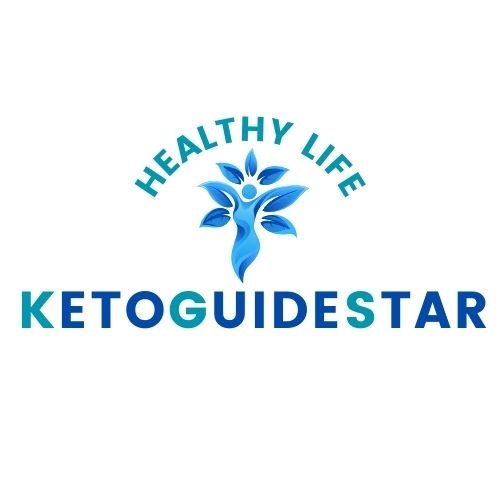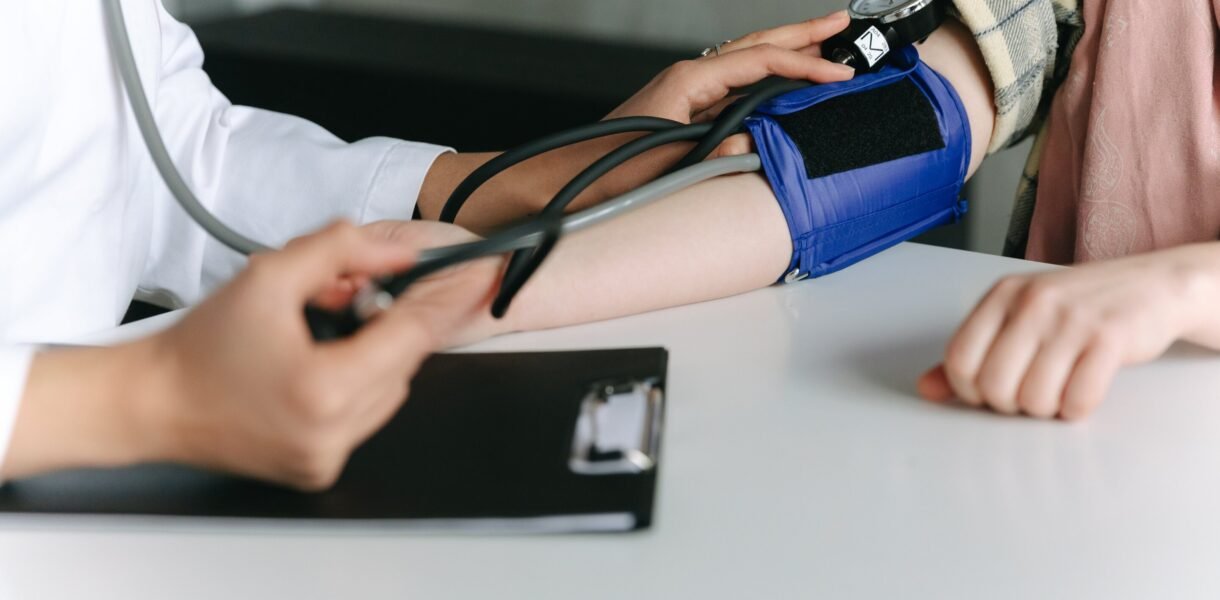Table of Contents
Potassium plays a crucial role in lowering blood pressure (Hypertension) by acting as a diuretic, dilating blood vessels, and promoting sodium excretion. Learn how increasing your potassium intake through diet or supplements can help manage hypertension.
If you’re looking for a natural way to help manage high blood pressure, increasing your potassium intake may be the answer. Potassium is an essential mineral that works wonders for hypertension by counteracting the effects of sodium in the body. In this comprehensive article, we’ll explore why potassium is so effective in lowering blood pressure and how you can ensure you’re getting enough of this vital nutrient.
Shockingly, only about 2% of Americans get the recommended daily amount of potassium, which is around 4,700 mg. The majority of people are deficient in this crucial mineral due to factors like low vegetable consumption, high intake of refined carbs and sugar, stress, and the use of certain medications like diuretics. This widespread deficiency sets the stage for elevated blood pressure levels and an increased risk of developing hypertension.
Potassium for hypertension
So in a few of my Topic, I talk about the relationship between potassium and blood pressure .
But I had someone recently ask why does potassium help lower blood pressure ?
And that’s what this video is about .
What you need to know about potassium
Just some quick background information .
Only 2% of the population , and I’m talking about Americans , get enough potassium .
That means 98% of Americans are deficient .
They’re just not getting enough .
Most of them don’t know that they need a lot .
They need about 47 100 milligrams a day to achieve the RDAs for potassium .

I’m not talking about bananas , because bananas only have about 300 milligrams .
So you’d have to consume a lot of bananas to achieve this , and then the problem with that is all the sugar that comes along with it .
But mostly you’re gonna get your potassium from leafy greens , certain vegetables .
The problem with that is an average American only consumes 1 and a half cups of veggies per day when they actually need about 7 to 10 cups .
But realize when I’m talking about 7 to 10 cups , I’m talking about like loose lettuce .
I’m not talking about concentrated like broccoli for example or cauliflower .
This would be for leafy greens .
So if you’re gonna do something more dense , maybe you do 4 4 cups , something like that .
And also if you chop this up and cut this down , this is gonna come down a lot less because you’re actually making it more dense .
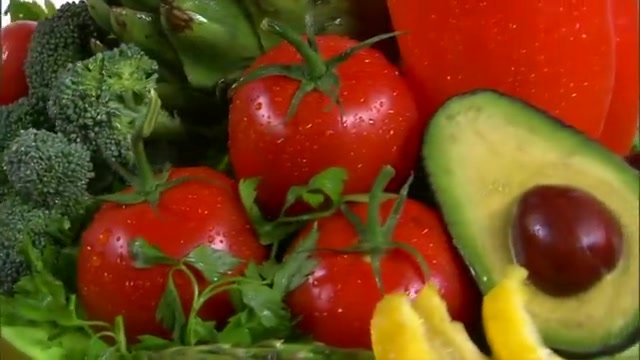
But the point is that the more vegetables that you eat , the closer you’re gonna get to this amount .
You can also get potassium from , fish and some meats and nuts , and then definitely avocados .
That’s a really good source .
Most people just don’t get enough potassium from their diet .
Also , when you consume refined carbohydrates , both in grain carbohydrates and sugars , you’ll deplete your potassium even more .
When you’re under stress , you deplete your potassium .
When you take a diuretic , you deplete your potassium .
There’s many different ways that people end up being deficient in potassium .
Sodium and potassium
If we take a look at sodium , the opposing mineral , 90% of Americans are consuming too much of sodium .
So we’re really heavy on the sodium , very light on the potassium .
And what this creates is a situation where your blood pressure is gonna start going higher and higher and higher .
What potassium does
Potassium in general has a diuretic effect .
It’s going to get rid of fluid .
Potassium causes the smooth muscle in your arteries to dilate .

It’s a vasodilator , thus lowering the blood pressure .
Also , potassium keeps the vascular system from being stiff , Because if your arteries are stiff , that alone can cause hypertension .
| Key Point | Details |
|---|---|
| Potassium Deficiency | Only 2% of Americans get enough potassium (4700mg/day) Causes include low vegetable intake, refined carbs, sugar, stress, diuretics |
| Sodium-Potassium Imbalance | 90% of Americans consume too much sodium High sodium and low potassium can raise blood pressure |
| How Potassium Helps | Acts as a diuretic to remove excess fluid Dilates blood vessels by relaxing arterial smooth muscle Keeps arteries flexible and prevents stiffness |
| Blood Pressure Effects | Can lower systolic blood pressure by 2-3 mmHg Reduces risk of developing hypertension Enhances effectiveness of blood pressure medications |
| Other Benefits | May reduce stroke risk by improving blood consistency and reducing clotting |
| Potassium Sources | Leafy greens, vegetables, fish, meat, nuts, avocados 7-10 cups of leafy greens or 4 cups of denser veggies per day |
| Recommendations | Increase potassium-rich foods or take supplements Also ensure adequate vitamin D intake for hypertension management |
What to do for hypertension
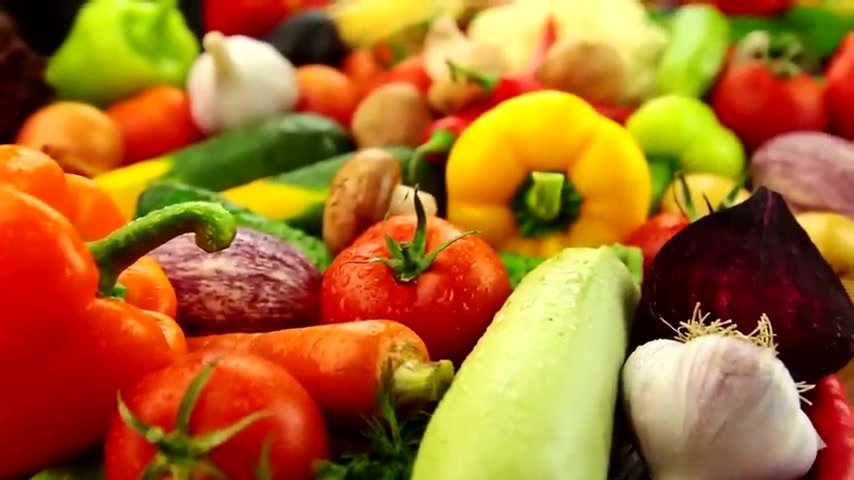
Either increase the foods that are high in potassium , which I’ll put some links down below on that , Or take potassium as a supplement or an electrolyte powder , and you’re gonna find that your blood pressure is gonna start coming down .
Now the other cause of hypertension is low vitamin d 3 .
Another cause of high blood pressure
So if you take vitamin d 3 and potassium or get it from the food , you will find that your blood pressure should be coming down .
Potassium and strokes
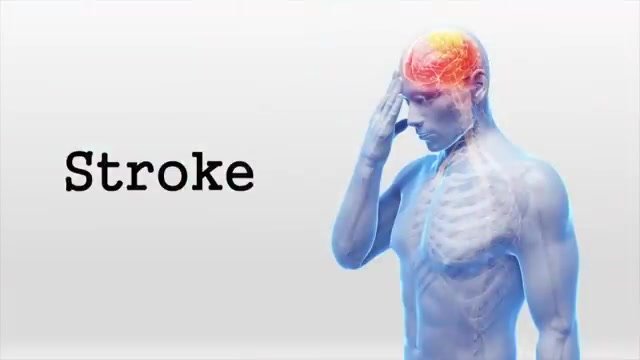
The other thing I wanna mention about potassium is it also lowers the risk of getting a stroke .
And the way that that occurs is that potassium directly affects the consistency of blood .
It reduces clotting , as in blood clots .
Potassium can kill 2 birds with 1 stone .
Of course , that’s not the best analogy , but it can actually help reduce hypertension and decrease the risk for a stroke .
key Points:
- Only about 2% of Americans get enough potassium. We need about 4700mg of potassium a day to achieve the RDAs for potassium.
- Bananas only have about 300mg of potassium, and they also have a lot of sugar. Leafy greens and other vegetables may be much better sources of potassium. But people are not getting the amount of vegetables they need. We need 7-10 cups of leafy greens (like a salad) every day. If you’re eating more dense vegetables (like broccoli), or you have a dense chopped salad, you will need less. You can also get potassium from fish, certain meats, nuts, and avocados.
- Refined carbs and sugar can deplete potassium, as well as stress, and diuretics.
- 90% of American’s are consuming too much of the opposing mineral, which is sodium. Too much sodium and not enough potassium can create a situation where the blood pressure is going to keep rising higher and higher.
How potassium can help with hypertension:
- It acts as a diuretic
- It dilates the smooth muscle in the arteries
- It keeps the vascular system from being stiff
- It may be beneficial to consume more foods high in potassium or take potassium as a supplement or in an electrolyte powder.
- Another cause of hypertension is a vitamin D3 deficiency. You may want to get more vitamin D3 along with potassium
- Potassium may also help reduce the risk of stroke because it directly affects the consistency of the blood. It reduces clotting.
- Potassium may help reduce hypertension, as well as reduce the risk of stroke.
DATA:
https://www.ncbi.nlm.nih.gov/pmc/articles/PMC4530669
FAQ:
How does potassium work in hypertension?
Potassium plays a crucial role in regulating blood pressure by counteracting the effects of sodium. Here’s how it works:
- Sodium-Potassium Pump: Every cell in your body has a “sodium-potassium pump” that maintains the balance of these electrolytes. This pump pushes sodium out of the cells and pulls potassium in.
- Blood Vessel Relaxation: High potassium levels relax blood vessel walls, allowing them to expand and reducing the pressure on them.
- Sodium Excretion: Potassium promotes the excretion of sodium through urine, further reducing the amount of sodium circulating in the bloodstream.
By lowering sodium levels and relaxing blood vessels, potassium helps to lower blood pressure and protect against hypertension.
Does potassium immediately lower blood pressure?
While potassium can have a slight immediate effect on blood pressure, it’s not a quick fix for high blood pressure. The full benefits of potassium on blood pressure management usually take several weeks to months to manifest.
How does potassium remove sodium?
Potassium promotes sodium excretion through two main mechanisms:
- Competition in the Kidneys: Potassium competes with sodium for reabsorption in the kidneys. When potassium levels are high, the kidneys prioritize excreting sodium in the urine.
- Hormonal Regulation: High potassium levels stimulate the release of aldosterone, a hormone that promotes sodium excretion and potassium retention.
How does increasing potassium tend to your blood pressure?
Increasing potassium intake can have several positive effects on blood pressure:
- Lowering Systolic Blood Pressure: Studies have shown that increasing potassium intake can lower systolic blood pressure (the top number) by an average of 2-3 mmHg.
- Reducing Hypertension Risk: A high-potassium diet can significantly reduce the risk of developing hypertension in the first place.
- Enhancing the Effects of Medication: Potassium can enhance the effectiveness of blood pressure medications, allowing for lower dosages and reducing side effects.
How long does it take for potassium to lower blood pressure?
While increasing potassium intake can have a positive impact on blood pressure, it’s not a quick fix. The full benefits of potassium on blood pressure management usually take several weeks to months to manifest. However, some studies have shown that even short-term increases in potassium intake (a few days) can have a slight immediate effect on blood pressure.
How does potassium affect blood pressure?
Potassium plays a crucial role in regulating blood pressure by counteracting the effects of sodium. Here’s how it works:
- Sodium-Potassium Pump: Every cell in your body has a “sodium-potassium pump” that maintains the balance of these electrolytes. This pump pushes sodium out of the cells and pulls potassium in.
- Blood Vessel Relaxation: High potassium levels relax blood vessel walls, allowing them to expand and reducing the pressure on them.
- Sodium Excretion: Potassium promotes the excretion of sodium through urine, further reducing the amount of sodium circulating in the bloodstream.
By lowering sodium levels and relaxing blood vessels, potassium helps to lower blood pressure and protect against hypertension.
Potassium-rich foods to lower blood pressure:
Here are some excellent sources of potassium to include in your diet for blood pressure management:
- Leafy Greens: Kale, spinach, Swiss chard, collard greens
- Potatoes: Baked or boiled with skin
- Avocado: Rich in potassium and healthy fats
- Beans and Lentils: Excellent source of plant-based protein and potassium
- Fruits: Bananas, oranges, cantaloupe, kiwi
- Dairy Products: Milk, yogurt, cheese
- Nuts and Seeds: Almonds, pistachios, sunflower seeds
High potassium and high blood pressure:
While increasing potassium intake is generally beneficial for blood pressure, it’s important to note that individuals with certain medical conditions, such as kidney disease, may need to limit their potassium intake. It’s crucial to consult your doctor for personalized recommendations regarding your potassium intake and blood pressure management.
How much potassium to lower blood pressure:
The recommended daily intake of potassium for adults is 4,700 mg. However, most people consume significantly less than this amount. Aiming to increase your potassium intake through dietary sources or potassium supplements under your doctor’s guidance can be beneficial for blood pressure management.
What form of potassium is best for high blood pressure:
Potassium can be obtained through dietary sources or potassium supplements. While dietary sources are always preferred, potassium supplements may be necessary for individuals who struggle to meet their daily potassium needs through diet alone. Consult your doctor to determine the best form of potassium for your individual needs and health conditions.
Potassium and blood pressure medication:
Potassium can enhance the effectiveness of blood pressure medications, allowing for lower dosages and reducing side effects. However, it’s crucial to discuss any potential interactions between potassium and your medications with your doctor.
How much potassium in a banana:
A medium-sized banana contains approximately 422 mg of potassium. While bananas are a good source of potassium, it’s important to include a variety of potassium-rich foods in your diet for optimal blood pressure management.
